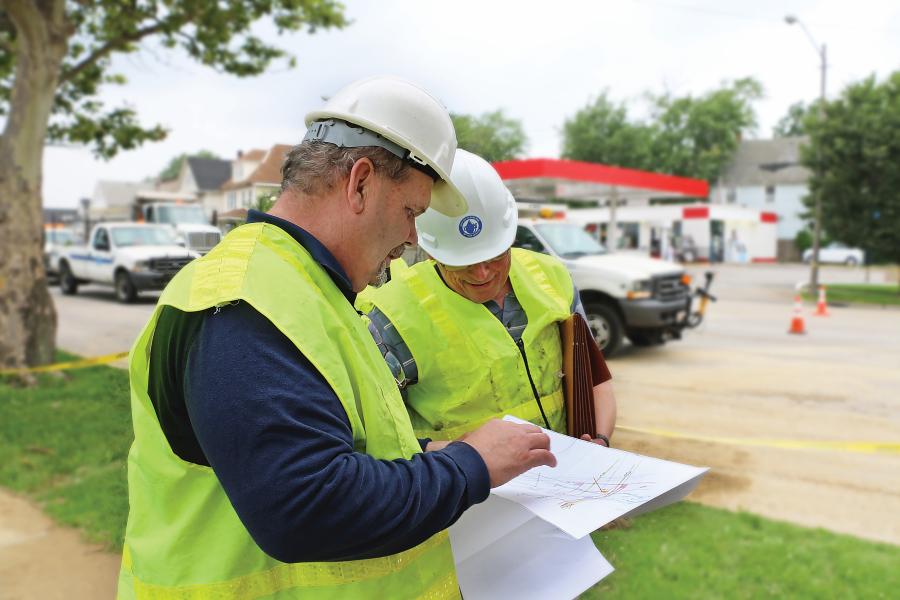What We Do About Lead: Engineering & Research

In addition to having a water treatment process designed to help protect customers from the risk of exposure to lead in water, we also implement several engineering practices to further reduce that risk.
While these actions are effective at keeping your water safe, we know that any amount of lead presents a health risk. That's why we're working to remove lead service lines throughout our system.
Replacing Lead Service Lines
Drinking water is lead-free when it leaves our treatment plants and our water mains are not made from lead. However, some older service lines do contain lead. We replace all lead city-owned service lines during water main repair and replacement projects and offer to replace customer-owned service lines for free if they’re disturbed during repairs and main replacements.
If a customer chooses to remove their lead service line, they should contact us as we’ll remove the city-owned service line at the same time. The highest risk for lead exposure is when partial lead service lines are left behind.
Thanks to $2.5 million in funding from H2Ohio and Ohio EPA, we've been able to remove lead service lines at all licensed childcare facilities in our service area. This is a critical program, as children under the age of 5 are the most vulnerable to lead poisoning.
Researching Better Ways to Find Lead
Identification of where lead service lines exist in our system is critical for us to be able to develop a complete and accurate inventory in order to plan for future replacements. However, typical methods for doing so present several issues.
Currently, the only guaranteed method to confirm service line material is through inspection after excavation, which is both an expensive and impractical approach. Another option is a historical record review. However, this method is not only time-consuming but also only 70-80% effective in determining the likelihood of service line material as some records are incomplete.
That’s why we’re working to find innovative methods to better identify lead service lines in our system.
One such method is a research study being conducted in partnership with US EPA and Battelle to try to determine if scientific analysis of a home’s water can be used to determine if a service line is lead or not. This study involves sampling water at homes across our service area and analyzing those samples to see how they correlate to the visual inspection of the service line conducted during sampling.
We've also partnered with Cleveland Water Alliance and other Ohio municipalities in an open call for technological innovations in detecting lead service lines without breaking ground.
